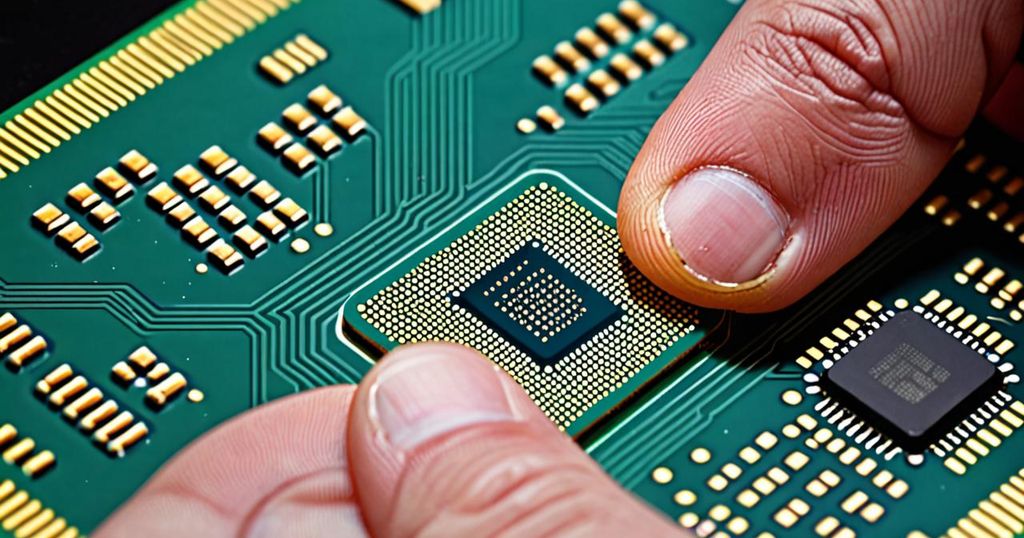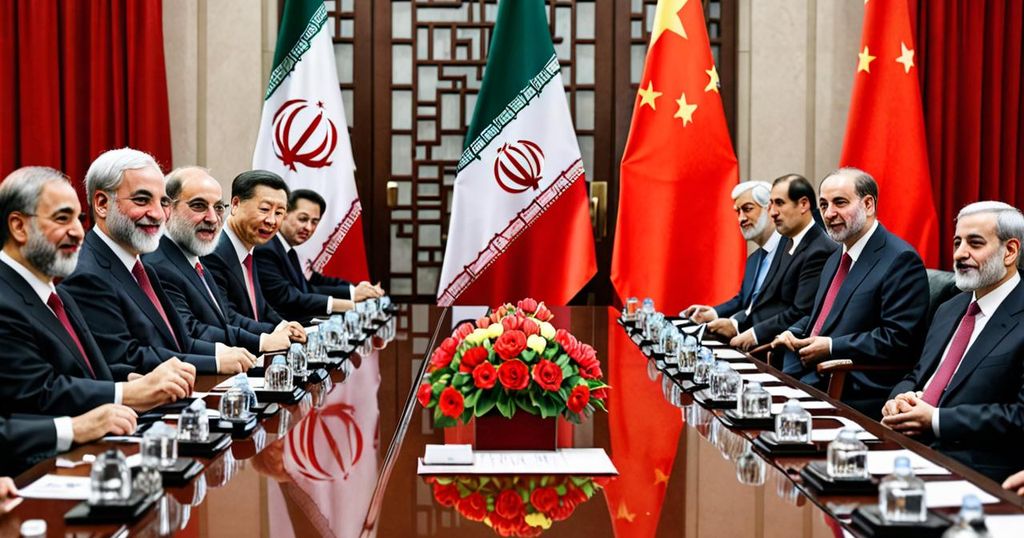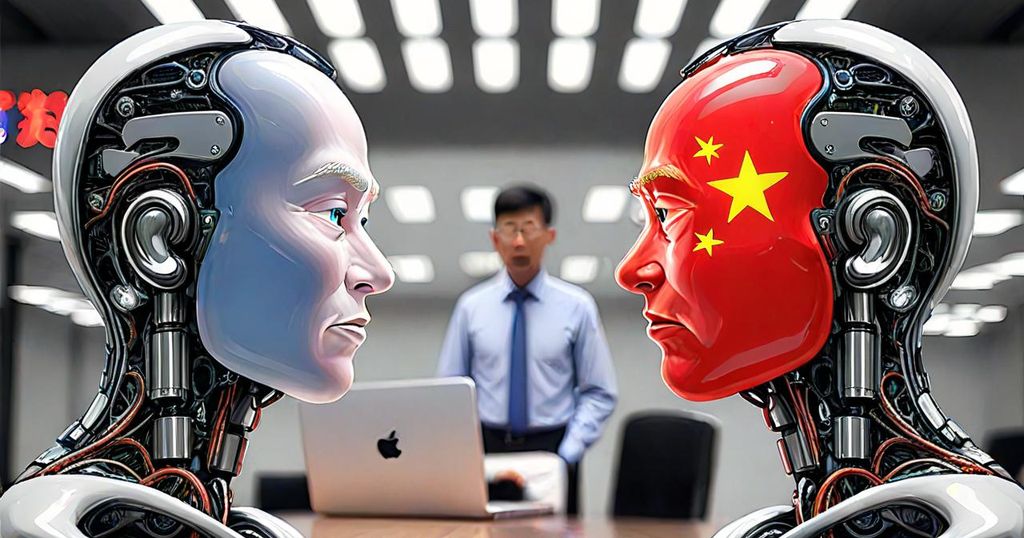The semiconductor industry is currently undergoing a significant transformation due to recent efforts by the United States to restrict or delay China’s access to advanced semiconductor technologies. The repercussions of these export controls are extensive and have multifaceted implications for the global industry.
Some of the key findings of these export controls include a substantial impact on China’s semiconductor ecosystem, a decrease in its market share of U.S. firms, and the exposure of vulnerabilities in the U.S. chip supply chain during the Covid-19 crisis.
While the U.S. still leads in semiconductor design, the most advanced chips are no longer being manufactured by U.S. firms. The Biden administration’s acknowledgment of the industry’s vulnerabilities and neglect domestically is a commendable effort to tackle these challenges.
The Department of Commerce’s Bureau of Industry and Security (BIS) has announced significant revisions to its export controls on semiconductor technology, with stricter restrictions implemented in 2023. Additional measures have been imposed on outbound investment in the semiconductor, quantum information, and AI sectors in foreign “countries of concern,” including China.
It is apparent that the effectiveness of the U.S. government’s export controls will rely on the ability to align U.S. restrictions with those of key allies. However, the response from U.S. allies has been described as “piecemeal,” and there are significant gaps in the restrictive framework envisioned by U.S. policymakers.
The current limitations on China’s semiconductor ecosystem appear to have a substantial impact, hindering the production of advanced chips essential for AI development and high-end products. Chinese entities have responded by intensifying their efforts in various ways, including substantial state support, circumventing export controls, building stockpiles, and focusing on technological infrastructure and new innovations.
It is imperative to recognize that the U.S. innovation system itself is vulnerable, and further policy measures and investments are necessary in many areas, particularly in the semiconductor sector. Sector-specific expertise in policymaking, informed advisory committees, and effective public-private partnerships are essential to mapping out supply chains and harmonizing with allies and strategic partners.
In conclusion, the semiconductor industry is currently at a critical juncture with significant shifts in technological supremacy. The U.S. and its allies must navigate the intricate semiconductor landscape with cooperation and well-informed policies to address the challenges and maintain global leadership in the industry.
Overall, the pursuit of technological supremacy in the semiconductor industry continues to evolve as countries grapple with the strategic implications of export controls and the race for advancement in semiconductor technology.
The information presented is based on a report by Sujai Shivakumar, Charles Wessner, and Thomas Howell, as part of the Renewing American Innovation Project at the Center for Strategic and International Studies (CSIS) in Washington, D.C.








